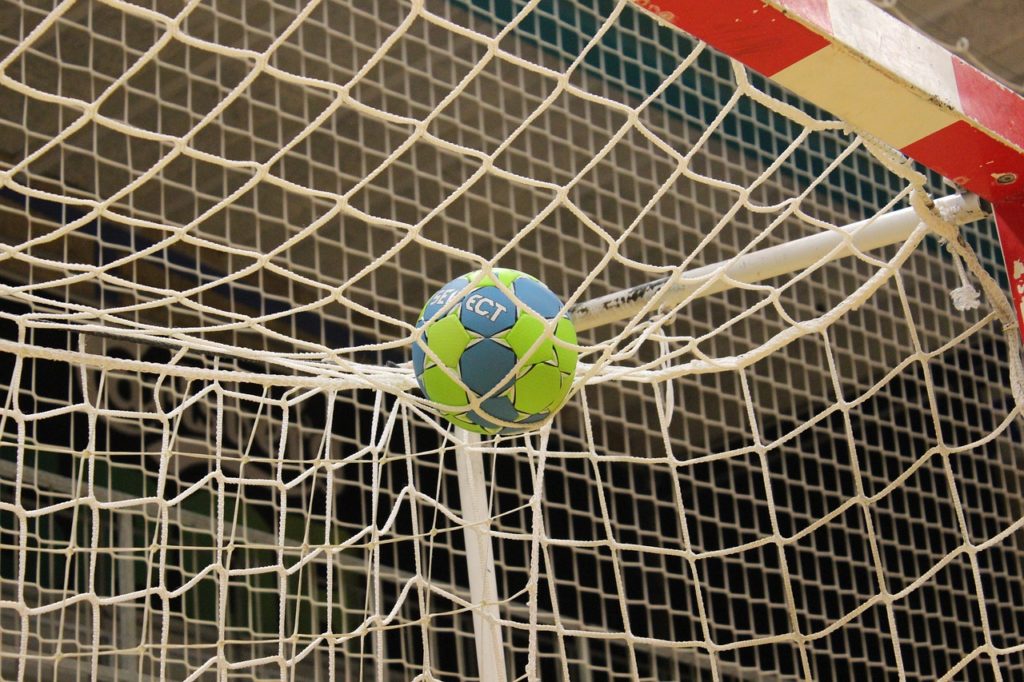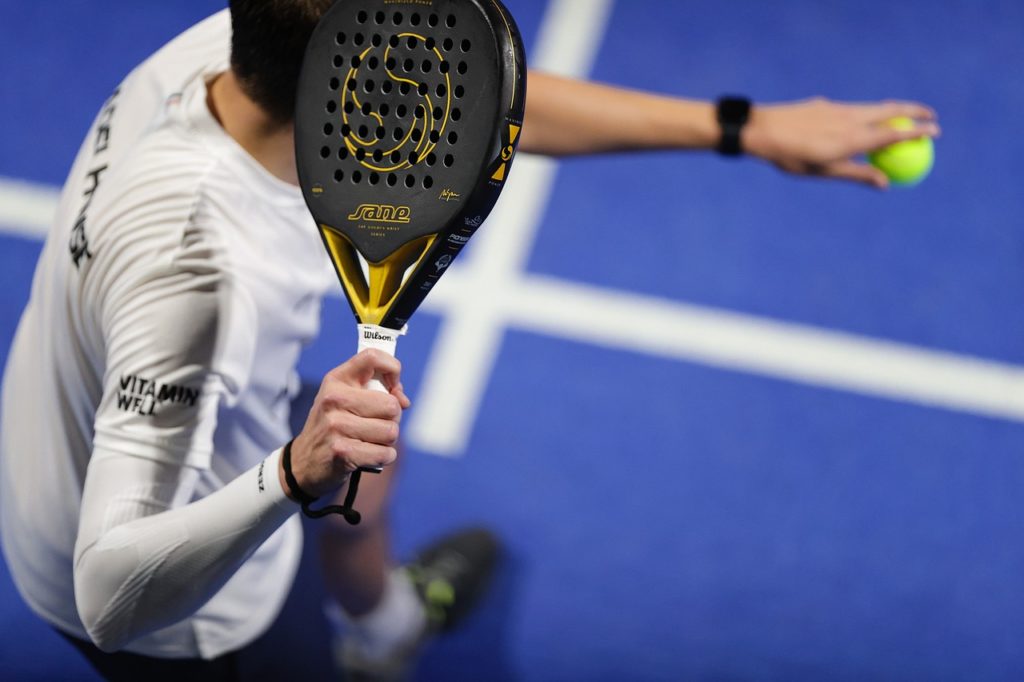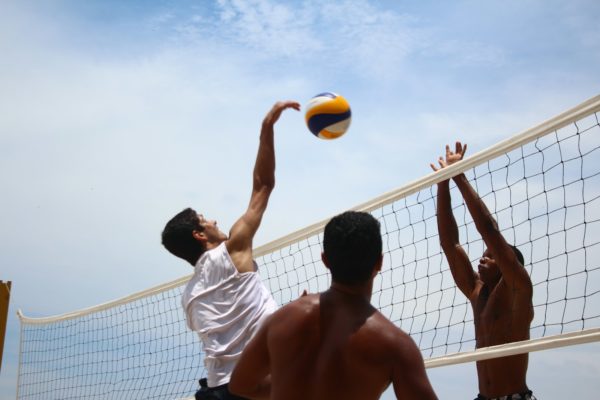Concrete examples of tangible success in different sports.
Concrete examples of tangible success in different sports.
The ActionTypes® approach has already proven itself in many sports at all levels, with its direct impact on performance fluidity, consistency and robustness. Through real-life cases, discover how athletes and teams have transformed their practice by integrating this approach into their training.
1. The French Handball Team: A World Reference
The French handball team, under the direction of the coach Guillaume Gille, certified ActionTypes®, perfectly illustrates the effectiveness of this approach in a context of collective sport.
Background: The Challenges of an Elite Team
In a sport as demanding as handball, where speed, coordination and explosive play are essential, each player must be able to express his full potential while integrating harmoniously into the collective dynamic.
ActionTypes® for collective expression
Guillaume Gille has integrated the ActionTypes® approach into his coaching strategies, enabling:
- Better use of individual strengths: Each player can adapt his role according to his motor and cognitive preferences.
- Increased fluidity in transitions: The natural patterns of movement and decision of players have been optimized, making it easier to execute quickly.
- Stronger cohesion: Mutual understanding of individual preferences has fostered collective dynamics.
Tangible consequences:
- Reduced injuries through training that respects natural movements.
- A noticeable improvement in match performance, with increased fluidity and efficiency in both offensive and defensive phases.
“The ActionTypes® approach has allowed me to understand my players’ unique strengths and adapt my strategies to maximize their expression on the field.” – Guillaume Gille, Coach of the French team of Handball.

Crédit : Pixabay / J.Nielsen
2. Case study: A tennis club
Background: Players are stagnating in their progression
In a regional club, several intermediate players were facing technical blockages and recurring injuries.
Use of the principles of the ActionTypes approach®
A review of the motor preferences in place has allowed:
- Identify the right coordination for each player.
- Improve the strokes and movements to regain fluidity and comfort.
- Designing customized training routines that respect natural dynamics.
Status of the site:
- Visible progression of the players: one player improved his speed by 15%, while another gained in accuracy and regularity on his backhand.
- 40% reduction in injuries over the course of a season thanks to less constrained movements.
3. A university basketball team
Context: Maximizing collective coordination
One university team was looking to improve its overall performance while reducing internal tensions related to standardized strategies.
Action Types approach® Analysis of the players’ motor and cognitive preferences allowed:
- Assign roles adapted to each individual dynamic (explosive players in attack, more strategic profiles in defense).
- Introduce more natural movement patterns to facilitate rapid transitions.
Consequences:
- A 25% increase in defensive efficiency.
- A noticeable improvement in team cohesion, promoting a more fluid and intuitive game.
4. Individual successes: Athlete stories
A marathon runner regaining her natural stride
After recurring knee pain, one runner integrated ActionTypes® into her training. By adjusting her posture and working on her natural dynamics, she has:
- Reduces pain to zero in three months.
- Improved his running time by 8 minutes on a half marathon.
“This approach helped me understand how to use my body without forcing it. I finally run fluidly.”
A padel player boosting his accuracy
A padel athlete, frustrated by his lack of regularity, discovered that his motor eye influenced his positioning. Through adjustments, it has:
- Improved accuracy on his smashes.
- Improved ten thousand places (French ranking) in one season.

Crédit : Jonas / Pixabay
5. Results in various disciplines
The ActionTypes® approach has been proven effective in a wide range of sports, for example:
- Swimming: Natural rotation optimization to reduce shoulder strain.
- Cycling: Work on posture to improve endurance without overloading the lumbar vertebrae.
- Fencing: Adjust movement to maximize fluency and responsiveness.
6. Why case studies matter
These concrete examples show that the ActionTypes® approach is not a theoretical method, but a tangible and adaptable approach to all disciplines. Each case study highlights, for example:
- Tangible efficiency improvements.
- A significant reduction in injuries.
- Increased satisfaction of athletes and coaches.
Conclusion: Draw inspiration from these successes to transform your practice
The case studies of the ActionTypes® approach illustrate how a deep understanding of natural dynamics can make a difference. Whether you are an individual athlete or a coach leading a team, these success stories show that respecting the dynamics of motor and cognitive preferences is key to smooth and sustainable progression.



